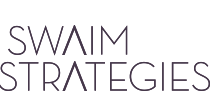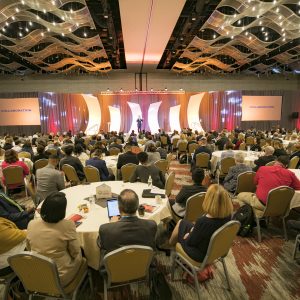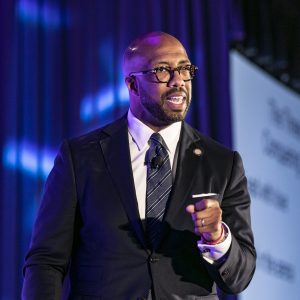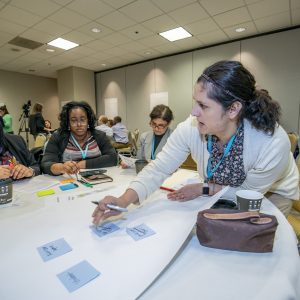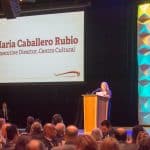Creating an Event That Builds a Movement
Summits and conferences present an opportunity to mobilize a group of people in a meaningful way. Over the course of a full day or multiple days, you have the chance to connect deeply with your audience, create a common language, build excitement and provide tangible tools for big ideas. This kind of momentum can build a movement.
For an organization like the University Innovation Alliance (UIA)—a coalition of public universities collaborating and innovating to improve college graduation rates—a movement like this is crucial to carrying out their mission. After 4 years of doing this work, UIA held its first National Summit in April to share their learnings with more than 75 campus teams from around the world. The goal was to bring various higher education leaders together to have honest conversations and create a culture of collaboration that would ultimately lead to wider student success.
To accomplish this kind of collaboration and spark a movement, a conference must: create meaningful connections, inspire and provide tangible tools for attendees to keep the momentum going after the conference is over. For its inaugural Summit, UIA capitalized on the energy of attendees with a thoughtfully-designed and engaging 3-day conference.
With a goal of collaboration, the Summit included a variety of sessions to facilitate networking, small group discussions, problem solving and idea sharing. This not only allowed but encouraged attendees to cross-collaborate and connect. To inspire and motivate attendees, UIA brought in several dynamic speakers to host 7-minute lightning round “Ed Talks,” along with KeyNOT Dr. Michael Sorrell—who was just selected by Fortune 500 as one of “The World’s 50 Greatest Leaders”—to talk about the changes he made to save Paul Quinn College from the brink of closing. And on days 2 and 3, they held planning sessions to give attendees tactical tools to take back to their respective campuses.
Over the course of 3 full days of programming, it was important for UIA to design a variety of sessions and activities to keep the energy from falling flat. They broke up the programming with flipped panels, small group discussions, team time, Ed Talks and standing breaks. And there was music—lots of music!
A conference, when designed and executed well, can create new energy, a new community and a new course for change. To make sure of this, consider the needs of your audience, different types of programming to keep each day fresh and focused, a clear call-to-action and a strong message.
Here are some highlights from the University Innovation Alliance National Summit.
Photos by Bob Paul Photography
